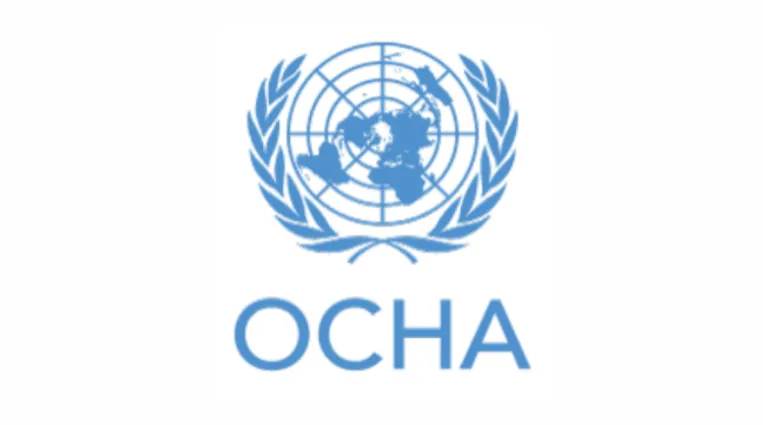Myanmar Humanitarian Update No. 43 | Reflecting on 2024 and preparing for 2025

HIGHLIGHTS & KEY MESSAGES
• 2024 has left people in Myanmar grappling with deepening humanitarian crisis, marked by escalating needs amid unabated conflict, recurrent monsoon flooding, and record-high displacement, and a response that is under-resourced.
• Conflict between the Myanmar Armed Forces (MAF) and various ethnic and resistance groups has persisted in Rakhine, the Northeast, Northwest and Southeast. As a result, the total number of internally displaced persons (IDP) to over 3.5 million at the end of 2024.
• Civilians face extreme protection risks, acute food insecurity, the near collapse of critical public services, and economic shocks driving up inflation and resulting in loss of livelihoods.
• Humanitarian partners provided assistance to nearly 3 million people in the first three quarters of 2024, with an estimated 3.9 million people expected to be reached by the year’s end, despite access constraints, with an operation that remains critically under resourced.
• Humanitarian actors in Myanmar continue to face a range of challenges when trying to provide humanitarian assistance to vulnerable people served through the clusters, primarily pertaining to access, logistics, resources, and security. Efforts continue to gain improved access to people in need.
• As of 31 December, the 2024 Humanitarian Needs and Response Plan (HNRP) was funded only 36 per cent, which drastically affected the capacity of humanitarian partners to deliver assistance to people who were prioritized for urgent assistance.
• People’s humanitarian needs are increasing to unprecedented levels in Myanmar, with an estimated 19.9 million people in need of assistance in 2025. The 2025 HNRP has been launched prioritizing to reach 5.5 million people with life-saving assistance in 2025, for which US$1.1 billion is required.
Announcements
21 May 2025
Open letter: Malaysia must lead ASEAN with principle, not hypocrisy, to address the Myanmar crisis

Progressive Voice is a participatory rights-based policy research and advocacy organization rooted in civil society, that maintains strong networks and relationships with grassroots organizations and community-based organizations throughout Myanmar. It acts as a bridge to the international community and international policymakers by amplifying voices from the ground, and advocating for a rights-based policy narrative.